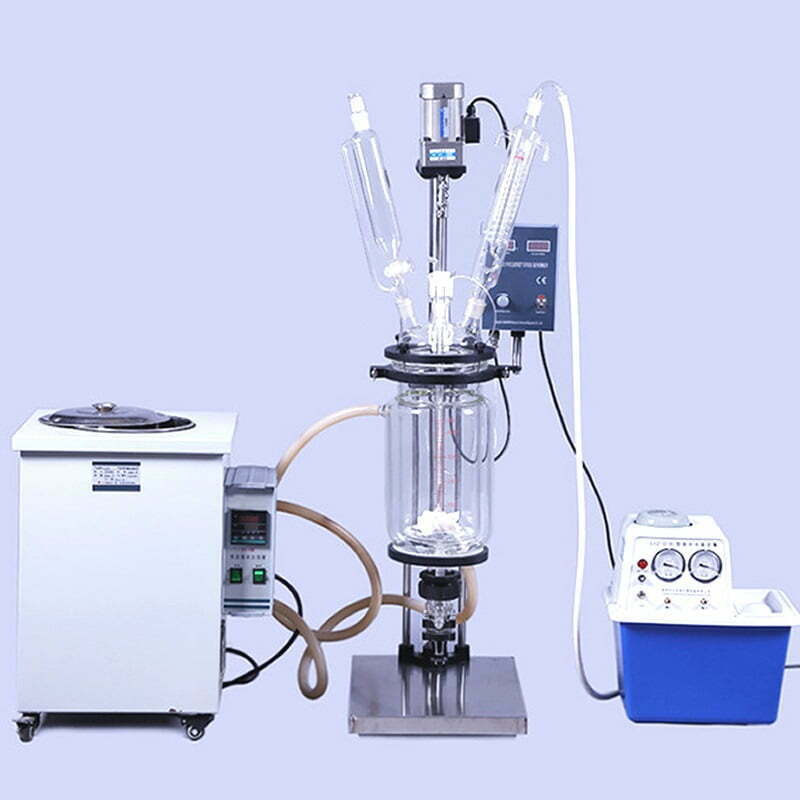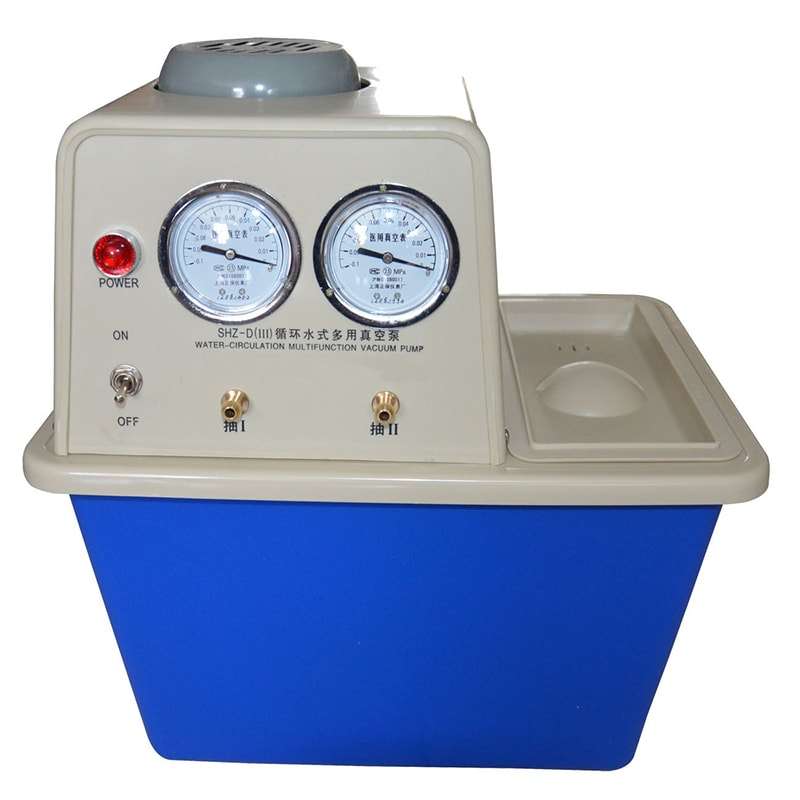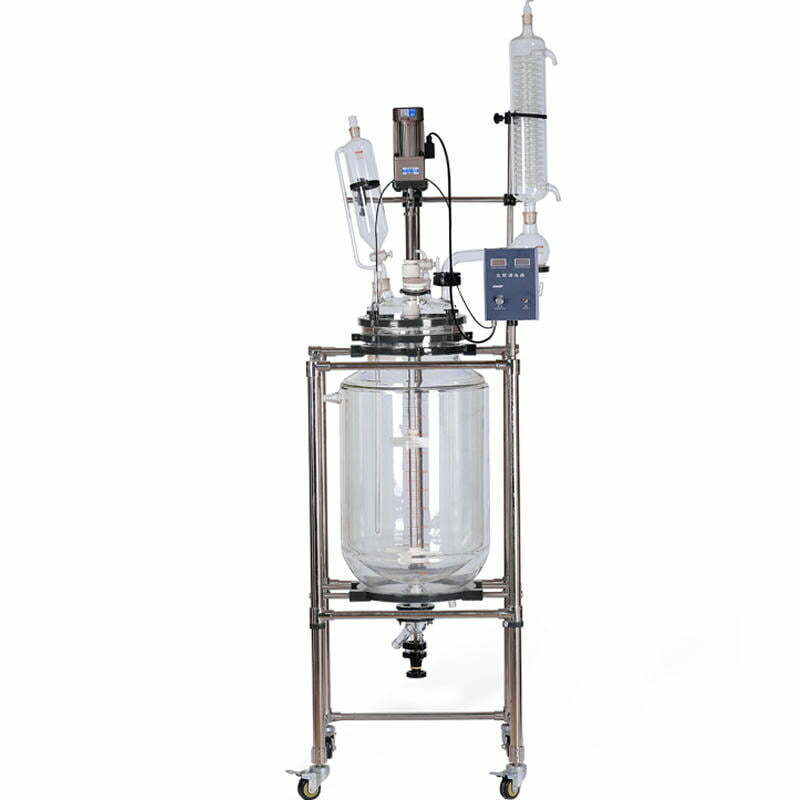rotary evaporator with chiller and vacuum pump
The Composition Of The Rotary Evaporator:
1. Turn the motor to push the evaporating bottle according to the rotation.
2. Evaporation pipeline, the support shaft for the rotation of the evaporating bottle, and the vacuum pump sealing pipeline for extracting vapor from the raw material.
3. The ultrafiltration device reduces the pressure in the evaporator system and reduces the melting point of raw materials.
4. Heating bath, commonly used water or oil to heat raw materials.
5. The cooler in the rotary evaporator with cooler and vacuum pump is generally made into a double snake surrounding type in order to accelerate cooling and high efficiency, and then add condensing agents such as liquid nitrogen and toluene to cool the sample.
6. The condensed water collection bottle at the bottom of the cooler in the rotary evaporator is used to capture the distilled solvent after cooling and collect samples.
7. Elevator device, a mechanical device or mobile mechanism that rapidly lifts the evaporating flask from the heating bath.
Rotary evaporator is mainly composed of: motor, distillation bottle, heating pot, condenser tube and other parts of the common laboratory equipment. Today, everyone will come to a popular post for novices in the laboratory, including the composition of the rotary evaporator, the introduction of supporting facilities, and maintenance.
Cooler And Vacuum Pump For Rotary Evaporator:
Coolers for rotary evaporators:
The cooler of the rotary evaporator is tailor-made for small rotary evaporators. The design is reasonable, and the small shape can effectively save space. It can be used on the workbench or on the ground. The loop joint can be rotated at 360°C, which is convenient for various system connections.
The condenser section of the rotary evaporator is used to cool the evaporated solvent and transfer it to a collection bottle. In some applications, such as when using low boiling point solvents, a dry ice condenser is required. Some people only use dry ice condensers because it’s more convenient – if they have a source of dry ice, they don’t need a cooler. However, if you are not using a 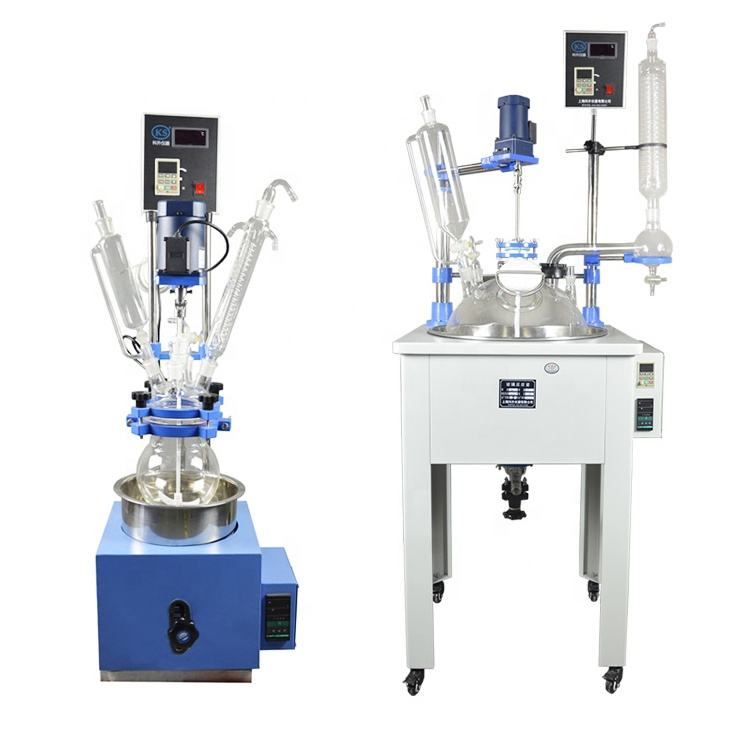
Vacuum 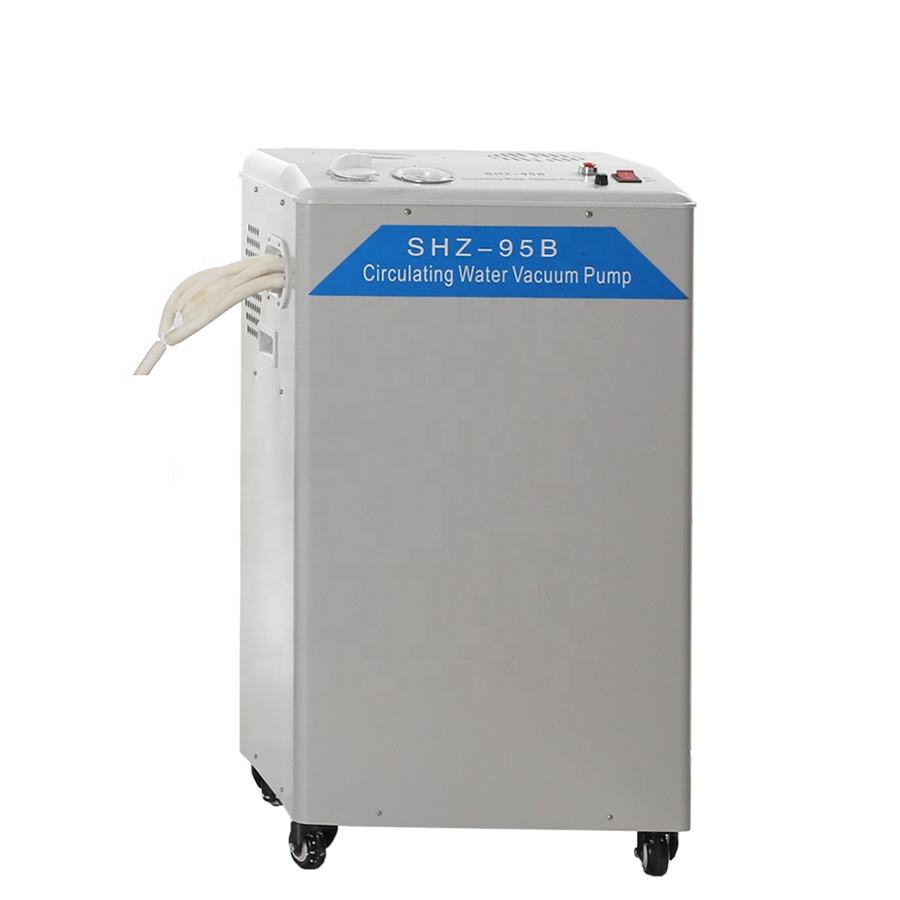
A vacuum pump is an important part of a rotary evaporator setup as it reduces the pressure within the system. This lowers the boiling temperature of the solvent, allowing for faster evaporation. You can use a lower temperature bath than you would otherwise. This could mean you can skip switching to oil and switch to water. It also means you reduce the risk of reactions with temperature-sensitive compounds in your mixture. Finally, from a safety standpoint, it is beneficial to use a vacuum pump that operates at lower temperatures.
Lab Vacuum pumps for rotary evaporator systems should be chemically resistant and oil-free to ensure the longest possible service life. Cryogenic pumps are also commonly used in rotary evaporators. Cryogenic pumps are vacuum pumps that condense gas on low-temperature surfaces, also known as condensation pumps. Cryopumps provide clean vacuums with the highest pumping rates and lowest ultimate pressures. The pump you choose for your application also depends on the required pump speed. Factors that affect this include solvent evaporation, the temperature of the water bath, and the volume of the flask used. Multiple rotary evaporator systems can be connected to a single pump using a distribution box. The switch box also doubles as a vacuum controller, allowing you to control the pressure in up to three systems independently. Some pumps incorporate cooler systems so you only need one piece of equipment for both functions.
rotary evaporator with chiller and vacuum pump
Maintenance Of Rotary Evaporator:
1. Carefully check the equipment before use, whether the bottle is damaged, whether the sockets are suitable, and handle with care.
2. Wipe each socket with a thin cloth (can be replaced with a paper towel), and then apply a small amount of vacuum pump grease. Vacuum pump grease must be covered after use to prevent lime sand from entering.
3. The sockets should not be over-tightened, and should be loosened in time to prevent the RF connector from being seized by long-term tightness.
4. Turn on the main power switch first, and then let the machine run slowly to fast. When shutting down, make the machine stop, and then turn off the power switch.
5. The PTFE switch of each part in the rotary evaporator with cooler and vacuum pump should not be over-tightened, as it is easy to damage the glass.
6. After each use, be sure to wash off all kinds of oil stains, dirt, and solvent left on the surface of the device with a thin cloth, and keep it clean.
